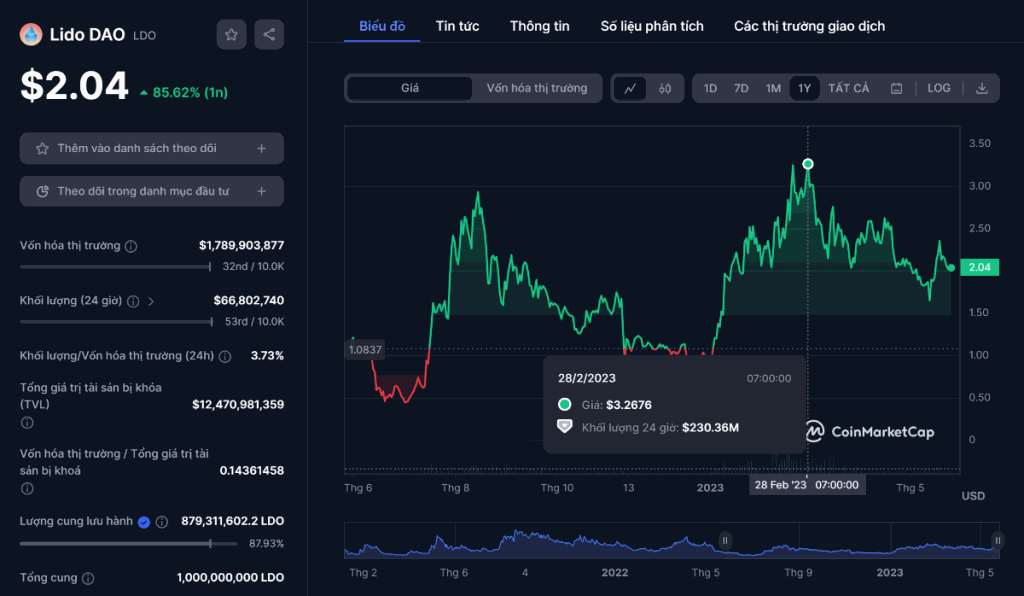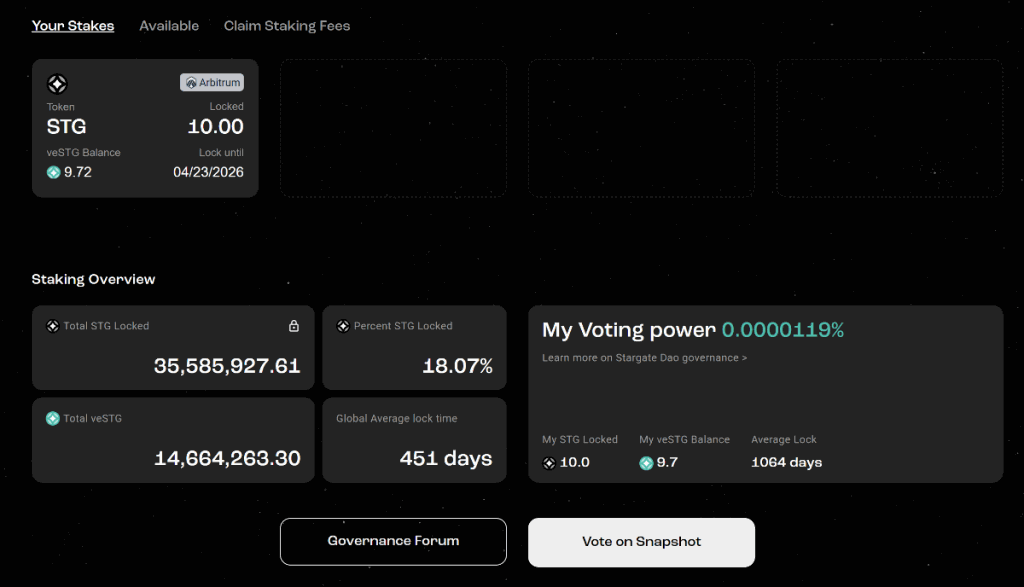
In the ever-evolving world of finance, investing has become an essential tool for individuals looking to secure their financial future. With various investment strategies available, one of the most debated topics is whether to focus on smart cash flow or adopt a ‘hold to die’ approach. In this blog post, we will explore the future of investing and examine the advantages and disadvantages of both strategies. By the end, you will clearly understand which approach may be more suitable for your investment goals.
What is the main point we are interested in?
The article presents the perspectives of a group of investors who prefer to speculate on short-term cash flow, in contrast to those who maintain their investments due to their belief in the project team and the long-term market potential. BTAguru advises investors to exercise caution in placing excessive trust in on-chain information, as such information may have been manipulated.
A prominent investor, Cyril, who boasts a substantial following on Twitter, contends that “smart money and strong narratives are the winning formulae in the cryptocurrency market.” This viewpoint has garnered considerable support, although it is accompanied by impartial statements such as “I still maintain faith in projects with resilient and industrious teams.”
Cyril’s statement is justified, as the trend of following smart money is gaining momentum in the crypto world. The influx of new investors into the market has prompted even the “old ghosts” to adapt and follow the smart money of the whales to maximize their profits.
The term “smart money” has become a buzzword in the crypto world, with many people searching for it on Google and recognizing it as a new trend. Speculators who were hesitant to embrace the hold-to-die strategy are now realizing the importance of cash flow and shifting their approach.
Where has the nomadic smart cash flow “swept”?
In an exceptional 2021, a wave of “F0” investors flooded the market, injecting an exhilarating energy. These investors cunningly follow the footsteps of “smart money” before making their own moves. Looking back at the start of the year, it is evident that altcoins originating from China, a country many consider the epicenter of money flow, played a significant role. Cyril himself even acknowledged this trend.
In February, altcoins with Chinese roots experienced a surge as news broke that the Chinese government was injecting funds to support economic growth. Investors confidently believed that the $95 billion injected by the People’s Bank of China would boost the traditional market and invigorate the crypto market. They anticipated a portion of this substantial liquidity to flow into risky assets, propelling the crypto market to greater heights.
Unlike traditional financial systems, crypto is not bound by any specific economy or institution. Instead, it thrives on liquidity. This is where investors must bravely take risks to reap substantial rewards, venturing into the riskiest asset class for rapid returns. At that time, Chinese signal channels appeared to be in their prime, actively sharing posts on Twitter, leading to a shift in money flow from the West to the East. Assets such as TRX (Tron), Algorand (ALGO), Nervous (CKB), and Oasis Network (ROSE), as long as they had origins or connections to the country of billions, witnessed a considerable price surge during this period.
Until now this trend is still smoldering when Hong Kong officially opened, and the Chinese government is less strict with the crypto market. As CZ revealed, recently, China Television has aired crypto-related issues. Thereby, the community continued to gossip because the same news had led to different price increases in the market.
During the altcoin surge of the country of pandas, April brought exciting developments with Liquid Staking Derivatives (LSD) tokens. These assets gained significant traction as the Ethereum Shanghai upgrade approached. The dominance of ETH in liquid staking projects propelled the price of LSD tokens, thanks to impactful market news.
As affirmed by Mr. Antonio Morales, the Head of Community at Stader, the Shanghai upgrade shed light on the importance of LSD, leading to increased investor recognition. Consequently, LSD projects like Lido, Rocket Pool, and Ankr, emerged as central players, capturing the market’s attention. Unsurprisingly, the token prices of these platforms exhibited steady growth in the period preceding the Ethereum Shanghai upgrade.

Source: CoinMarketCap
To know more about the LSD token before the Shanghai upgrade, investors should read more articles below.
Through the craze ahead of the upgrade, the LSD token is currently just growing like any other asset on the market. As new trends continue, people discuss assets around AI, the Arbitrum ecosystem or, most recently, meme coins.
The nomadic cash flow keeps coming and going, requiring investors who want to optimize profits to adapt to market developments quickly. These profits have swiftly come if investors know how to “go” in time.
Look at the trend GameFi In the years 2020 – 2021. Does anyone think that many game projects will fall into the state of “enough to live through” in 2023 when Play-to-earn used to act as a “fishing rod” for countless investors then?

Therefore, there is a reason why Cyril no longer believes in holding assets. But in my opinion, holding has its own value, but that alone is not enough. Investing in “nomadic cash flow” in the market is also not wrong.
Just holding is not enough.
Holding assets for the long term has become a highly effective option for investors in various markets, such as real estate, stocks, and crypto. Those committed to long-term holding can resist the influence of market fluctuations and make wise decisions. Eventually, investors will sell their assets to generate profits.
In the world of crypto, holding doesn’t simply mean keeping assets in an exchange or wallet. Investors can optimize their holdings through different platforms available in the market. The emergence of Defi has led to the development of large platforms on various networks, offering opportunities for staking, farming, and depositing assets to earn regular profits. Investors should find reputable platforms to deposit their assets into to maximize these opportunities.
Investors can also hedge their profits by using futures. By depositing a certain amount of asset A token into a pool and simultaneously opening a short x1 (Cross) position on futures with the same amount, investors can ensure the price stability of token A. This enables them to maintain the value of their initial deposit in the pool and earn additional profits from the platform. To succeed with this strategy, investors must carefully follow the rules, be vigilant, and be ready to withdraw their assets at any time.
They should close the futures order as soon as the time is right. By employing this method, investors who hold coins or tokens can benefit from two sources of profit: the platform features and the subsequent sale of their assets.

Once targeting assets for long-term holding, we should only buy tokens from large projects with a strong and potential development team. This requires a very thorough investigation of information from various projects on the market. Thereby, investors can avoid the nomadic cash flows coming and going, making the assets we choose to hold no longer “return to shore.”

As mentioned in the previous section, if you focus on holding, assets will not maximize their potential. Therefore, the “players” in the market all know that we need to allocate the portfolio appropriately. Usually, they leave enough stablecoin to “surf” on major market news or events.
Is the winning formula breaking news with Onchain?
Every day, reputable news sites such as Interlock, CoinDesk, and The Block provide timely updates on the market, enabling investors to grasp trends and make timely financial gains swiftly. Notably, the emergence of powerful meme coins like PEPE, AIDOGE, and FLOKI has proven profitable for many investors and has set a prevailing trend in the market. Memecoins are inherently high-risk investments, so investors rely not only on the news from the press but also on smart money flow indicators. Trusted sites and tools such as Nansen, Lookonchain, and Arkham, known for their prompt updates on smart cash flows, have garnered significant credibility. These platforms, leveraging on-chain data and news sources, have witnessed a continuous influx of investor capital, generating a strong market impact.
For instance, in the latter half of April, investors could have followed the example of the wallet address “dimethyltryptamine.eth.” The owner of this address spent 0.125 ETH (equivalent to 251 USD) to acquire 2 trillion PEPE, eventually selling them for 560 ETH (about 1.06 million USD). This transaction would have yielded substantial profits since the price of the green frog PEPE experienced a series of favorable days from the end of April until its listing on Binance. The information surrounding PEPE was ubiquitous, even capturing the attention of individuals less inclined towards meme coins, such as CZ. The Lookonchain site, for instance, dedicated several consecutive days solely to posting about PEPE. Therefore, investors who purchased PEPE before its listing on Binance would undoubtedly have profited during that period.
Thus, just being fast, not the fastest, we also get quite a bit of profit through news and on-chain. The separate stablecoin at this time has worked. They are used to buy assets according to news and trends in the market, then sell quickly before the news becomes “outdated.”
According to investor Cyril, news combined with on-chain seems to be a winning formula in the crypto market. Therefore, in addition to potential asset holding, we need to use news and on-chain data as a tool to expand the source of profit in the “nomadic journey” in the crypto world.
This winning formula applies to every investor, and even projects benefit from them. Rumored information like this project is about to airdrop or make xx transactions that will often be from the other blockchain is always rife on social networks. Reminds us of behind-the-scenes photos of movies that journalists “accidentally” revealed.
Typical information Layer zero The upcoming airdrop of investors like 0xKevin has caused a stir in the community, causing many people to worry because the difficulty of receiving tokens differs from previous Optimism or Arbitrum. Not only information about airdrop conditions but on the Twitter page of 0xKevin, many tweets convince readers about this event. He also confirmed: “I just received information from Lumao Studio that LayerZero has taken a snapshot.”
Many people will think when the project information has been snapshotted, few will do the airdrop. But no, every day, LayerZero creates a new peak in transaction volume. Because of this information, the flow of people rushing to do airdrops is increasing; each individual has dozens of wallets, making the money flow into the project non-stop. Thereby, the project’s reputation is rising, making them much more “valuable” in the eyes of investors.

Information regarding on-chain can easily be found on platforms like Twitter or tools like Nansen, Dune, and DeFiLlama. Dune, for instance, offers a range of complimentary tools similar to others. To assess the rating of the LayerZero airdrop wallet, which utilizes the same algorithm as Arbitrum, investors can refer to the following link: [here]
Accessing these tools is not challenging; one must input the project name and the desired information to examine. However, investors must exercise caution when relying solely on on-chain information, as it may still be subject to manipulation. For novice investors, conducting extensive research before making investments can prove to be a daunting task. Nevertheless, they must adapt to this process, as information and knowledge are key to financial success. Ultimately, only those who approach investment seriously possess financial stability and maintain investors’ trust thrive and progress.
By examining examples such as Arbitrum, Optimism, and Uniswap, one can observe that despite being subjected to airdrops for an extended period, these projects continue to attract a consistent inflow of funds. This can be attributed to their unwavering commitment to excellence and providing genuine value to their users.
Conclusion
In conclusion, both smart cash flow investing and the ‘hold to die’ strategy have their merits and the future of investing lies in finding the right balance between the two. Smart cash flow investing provides immediate income, financial stability, and the potential for higher returns. On the other hand, the ‘hold to die’ strategy offers long-term growth potential, simplicity, and potential tax benefits.
As an investor, assessing your financial goals, risk tolerance, and investment horizon is crucial before deciding which strategy to adopt. Consider diversifying your portfolio with income-generating assets and growth-oriented investments to maximize returns while minimizing risks. Ultimately, the future of investing lies in finding a strategy that aligns with your unique circumstances and investment objectives. So, whether you choose smart cash flow or ‘hold to die,’ make sure it’s a decision that supports your long-term financial success.


